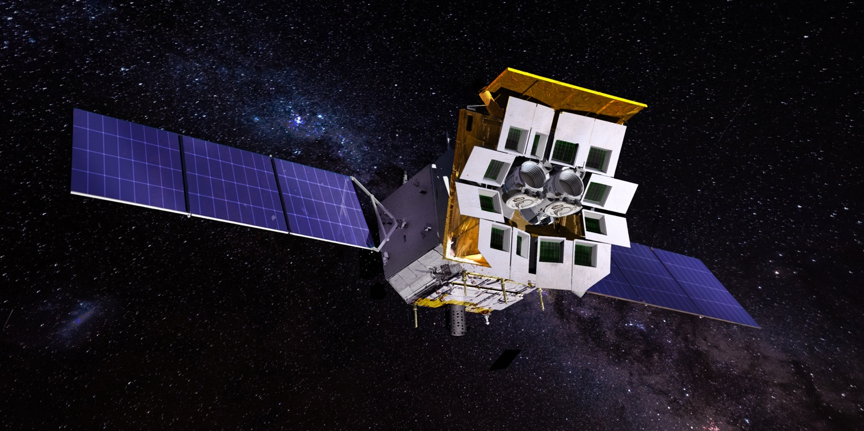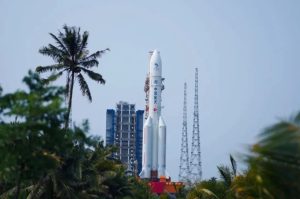Einstein Probe and X-Ray “Lobster Eye” Optics
10th Jan 2024
China’s Einstein Probe was recently launched to pick up X-ray emissions from turbulent cosmic phenomena that occur briefly, using state-of-the-art optics inspired by lobster eyes.
The launch was confirmed to be a success by the China Aerospace Science and Technology Corporation (CASC) within an hour of the CZ-2C rocket lifting off from the Xichang Satellite Launch Center on 9th January.
The Einstein Probe is designed to observe distant and violent interactions, including supernovae and tidal disruption events (TDEs), and to identify and locate the electromagnetic signals emitted alongside gravitational waves. The spacecraft is expected to be observing such occurrences for at least three years.
The EP spacecraft, weighing 1,450 kilograms, is set to work in a 600-kilometer altitude, 29-degree inclination orbit, and observe the sky with what is known as a Wide-field X-ray Telescope (WXT). Its main objective is to pick up low-energy X-ray emissions from celestial bodies disintegrated by black holes to yield important data regarding how stellar matter accretes into these black holes as well as the complex processes that lead to the creation of ionized particle jets as a result of these events.
How the Einstein Probe Captures X-Ray Events More Deeply Than Ever
The Einstein Probe’s WXT is a novel instrument that uses “lobster eye” lenses to observe X-ray events in more detail than was previously achievable. The WXT instrument combines 12 modules validated in 2022 to generate a visual field of 3,600 square degrees. The instrument’s reflection technique emulates the structure of lobster eyes and is made up of square-shaped pores positioned on a spherical surface. The numerous square tubes help direct X-rays to a CMOS (Complementary Metal Oxide Semiconductor) light sensor.
The ESA assisted with the validation and calibration of the optical elements and detectors of the WXT as a part of the mission. In addition, ESA ground stations will play a fundamental role in the data download from the Einstein Probe. The mission is also set to use China’s Beidou navigation satellite constellation to promptly relay alert information to the ground.
The Einstein Probe is designed with on-site data processing as well as the ability to conduct follow-up activities automatically. This implies that the Follow-up X-ray Telescope (or FXT), a more sensitive but narrower view instrument jointly developed with ESA, can rapidly be deployed after the WXT picks up an X-ray event.
The Einstein Probe also has the potential to offer valuable insights into several other occurrences, such as active galactic nuclei, magnetars, the way comets interact with solar wind ions, and redshifted gamma bursts.







Thank you for your comment! It will be visible on the site after moderation.